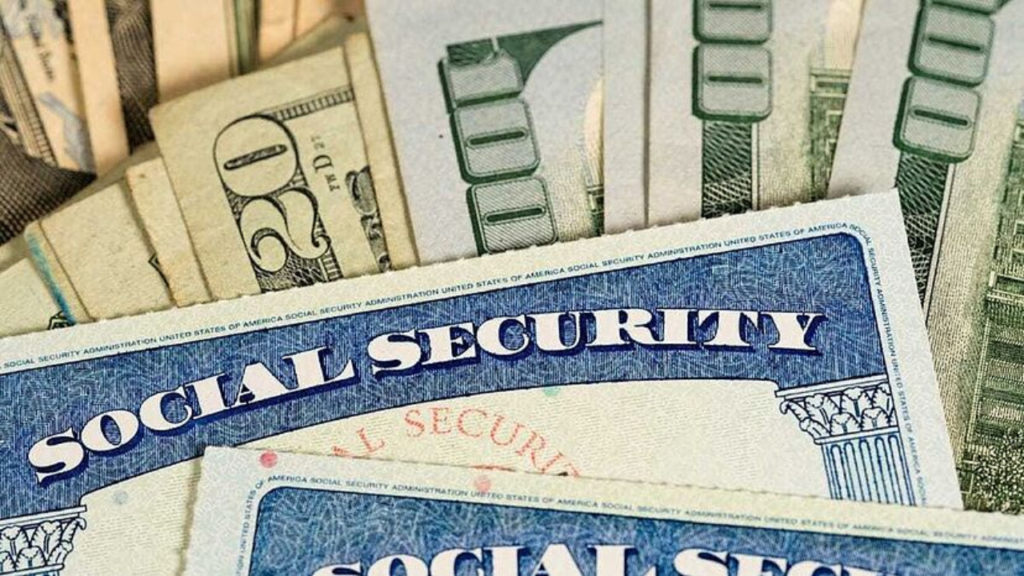This month brings great financial news for eligible beneficiaries, with the possibility of receiving three separate payments totaling $1,500, $2,300, and $3,250, depending on individual circumstances. This initiative aims to provide much-needed support to qualifying individuals and families, helping them manage expenses in an increasingly challenging economic climate.
Here’s everything you need to know about these payments, including who qualifies, when to expect them, and how to ensure you don’t miss out.
What Are the Triple Payments?
The triple payments consist of three distinct financial aids provided through various programs. Each payment has its own eligibility criteria and purpose:
- $1,500 Payment: This amount is likely tied to a stimulus check, unemployment benefits, or other general financial assistance programs.
- $2,300 Payment: This payment is often linked to retirement benefits, disability programs, or senior-specific aid like Social Security.
- $3,250 Payment: The largest of the three, this payment could be related to tax refunds, child support programs, or housing subsidies.
These payments aim to address specific needs, from supporting families with children to aiding seniors and individuals with disabilities.
Who Qualifies for These Payments?
Eligibility for these payments varies depending on the program offering each one. Below is an overview of the general requirements for each category:
$1,500 Payment Eligibility
- Individuals with low or moderate income.
- Recipients of unemployment benefits or temporary assistance programs.
- Citizens or permanent residents.
$2,300 Payment Eligibility
- Retirees receiving Social Security benefits.
- Individuals with disabilities covered under Social Security Disability Insurance (SSDI).
- Survivors of deceased beneficiaries.
$3,250 Payment Eligibility
- Families qualifying for child tax credits or housing subsidies.
- Individuals eligible for Earned Income Tax Credits (EITC).
- Recipients of government-backed rental or mortgage assistance programs.
Specific programs may have additional requirements, such as income thresholds, age criteria, or residency conditions.

How to Claim These Payments
To ensure you receive the payments you qualify for, follow these steps:
1. Check Eligibility
Visit the official website of the relevant programs (e.g., IRS, Social Security Administration) to confirm your eligibility for each payment.
2. File the Necessary Applications
- For tax-related payments, ensure your 2024 tax returns are filed accurately.
- For Social Security or disability benefits, confirm your details are updated on the Social Security Administration (SSA) website.
- For housing or family assistance, check with local agencies or national programs.
3. Provide Supporting Documents
Be ready to submit documents such as:
- Proof of income (pay stubs, tax returns).
- Identification documents (Social Security number, birth certificate).
- Verification of dependent children, if applicable.
4. Monitor Payment Dates
Payments will be disbursed according to pre-scheduled timelines for each program. Stay updated on exact dates through program-specific announcements.
When Will You Receive the Payments?
The distribution of these payments depends on the individual programs:
- $1,500 Payment: Expected within the first week of the month for those enrolled in income assistance programs.
- $2,300 Payment: Typically deposited mid-month for Social Security and SSDI recipients.
- $3,250 Payment: Tax refunds or family assistance payments are usually issued toward the end of the month.
For direct deposit, payments are often faster, while mailed checks may take longer.

Why Are These Payments Significant?
These triple payments aim to provide financial relief to vulnerable populations, including seniors, low-income individuals, and families with children. They help recipients:
- Cover essential living expenses, such as housing, utilities, and groceries.
- Manage rising costs of healthcare and education.
- Address financial shortfalls caused by unemployment or reduced income.
For many, these payments are a lifeline during uncertain economic times.
Conclusion
The $1,500, $2,300, and $3,250 triple payments this month are a major financial opportunity for eligible individuals and families. Whether you’re a senior, a family with dependents, or someone facing financial hardship, these payments can offer significant relief.
To maximize your chances of receiving these benefits, confirm your eligibility, submit all necessary applications, and monitor payment schedules. Don’t miss out on this chance to secure the financial support you deserve!
FAQs
1. Can I qualify for all three payments?
Yes, if you meet the eligibility requirements for each program, you could receive all three payments.
2. Do I need to apply separately for each payment?
It depends. Some payments, such as Social Security benefits, are automatically issued if you are already enrolled, while others (e.g., tax refunds) may require you to file specific applications.
3. How will the payments be issued?
Payments are typically made via direct deposit to your registered bank account. Alternatively, checks or prepaid debit cards may be mailed.
4. What should I do if I don’t receive a payment I’m eligible for?
Contact the relevant agency (e.g., IRS or SSA) to inquire about your payment. Ensure your personal details and banking information are accurate and up to date.
5. Are these payments taxable?
It depends on the payment type. For instance, tax refunds and stimulus checks are generally non-taxable, but Social Security benefits may be taxable depending on your overall income.



